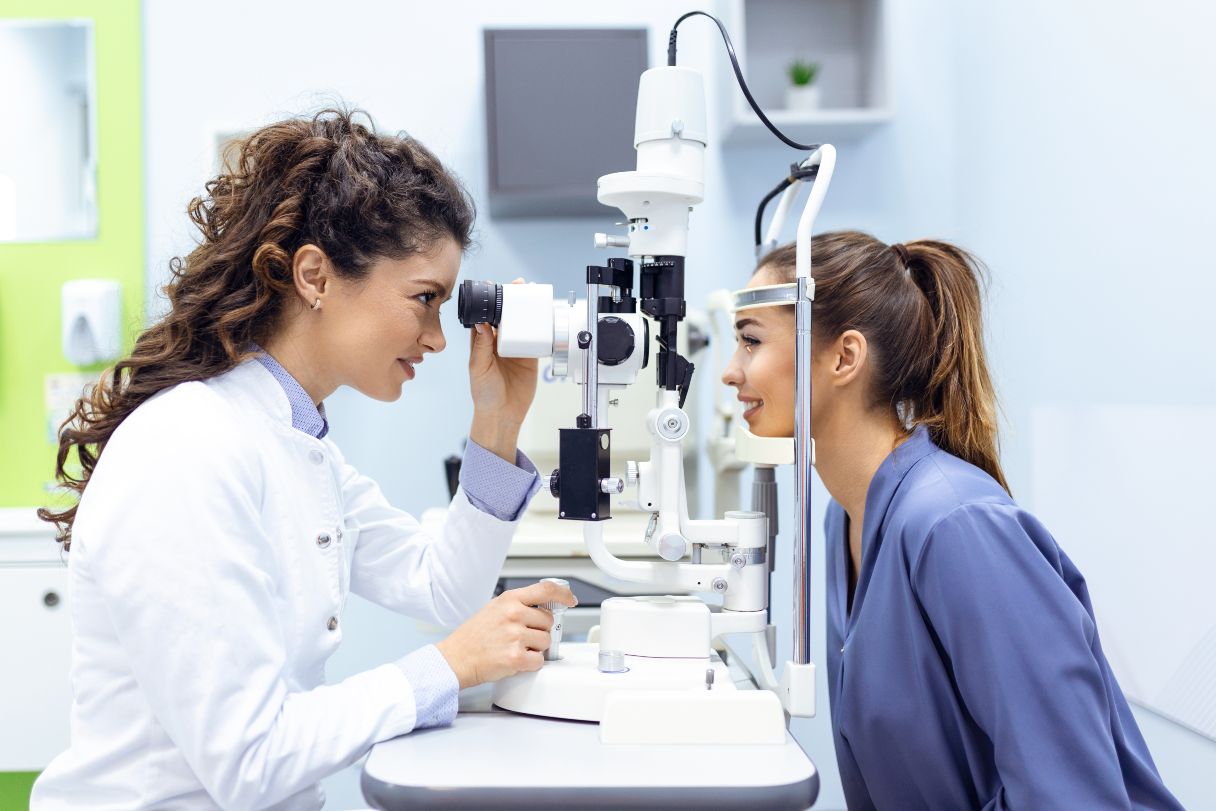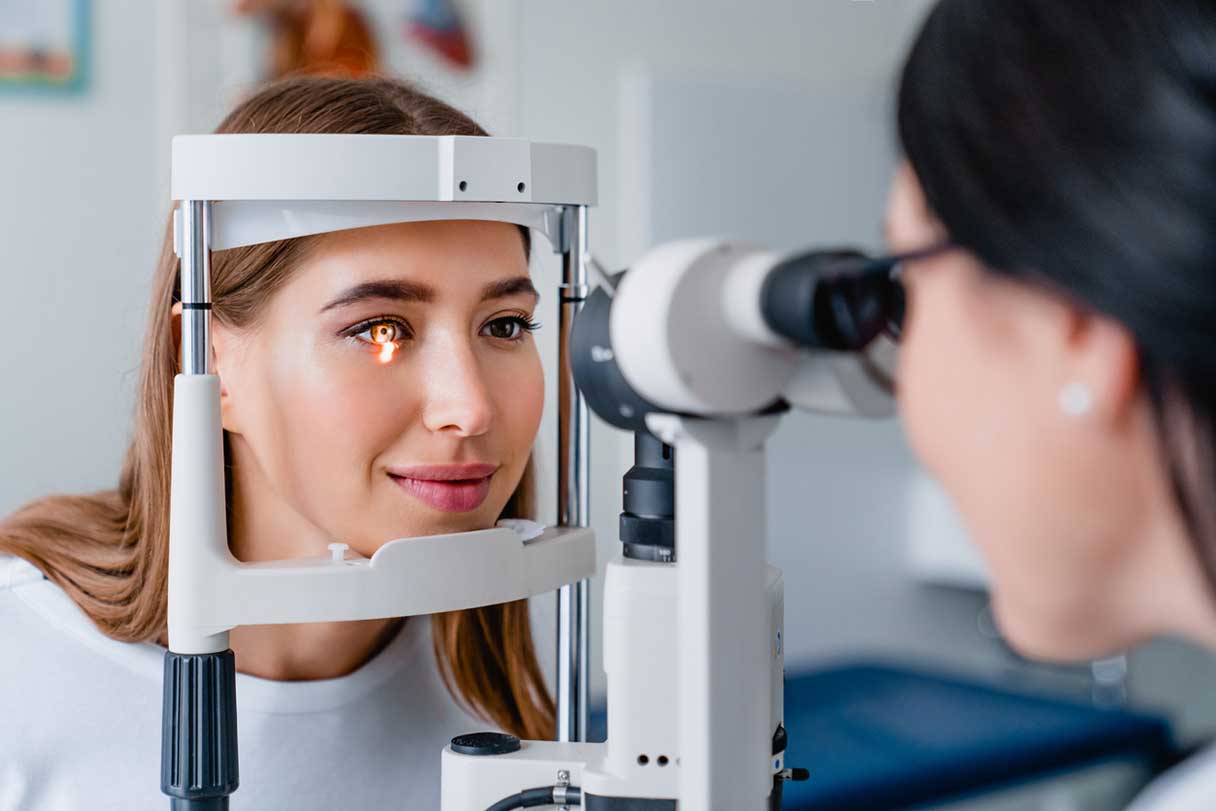Common Eye Condition Treatment Costs
Here are some common eye conditions, their causes and available treatment options to help manage symptoms and preserve eye health.
Dry eye treatment costs
Dry eye is a condition where the eyes do not produce enough tears or tears evaporate too quickly, which can cause irritation and discomfort. There are several treatment options your doctor may recommend to help, such as over-the-counter (OTC) eye drops, punctal plug surgery, LipiFlow®, iLux®, TearCare® or NuLids™. Advanced treatments and procedures performed by specialists may increase pricing, as will the location and type of healthcare facility.1
| Dry eye treatment |
Average cost |
| BlephEx® |
$366 |
| Gels |
$29 |
| iLux |
$673 |
| IPL |
$624 |
| LipiFlow |
$937 |
| NuLids |
$390 |
| OTC eye drops |
$26 |
| Punctal plug surgery |
$572 |
| TearCare |
$674 |
| Thermoflo® |
$286 |
Macular degeneration treatment costs
Age-related macular degeneration (AMD) is an eye disease that affects the light-sensitive retina at the back of the eye (macula), which can result in vision loss. Treatment options are based on the two main types: dry AMD and wet AMD.
| Macular degeneration treatment |
Average cost |
| Dry AMD treatment |
$102/month |
| Wet AMD treatment: |
|
| Avastin® |
$73 |
| Eylea® |
$2,034 |
| Lucentis® |
$2,236 |
Blocked tear duct treatment costs
A blocked tear duct happens when an eye's drainage system for tears is obstructed. Your provider can choose from one of several procedures to help unblock the tear duct and restore normal tear flow. Costs will be determined by type of treatment, provider experience and location of facility, as well as the type of anesthesia required.1
| Blocked tear duct treatment |
Average cost |
| Balloon dilation |
$1,448 |
| Conjunctivodacryocystorhinostomy |
$3,107 |
| Dacryocystorhinostomy (DCR) |
$3,633 |
| Dilation, probing and irrigation procedure |
$626 |
| Dye disappearance test |
$104 |
| Stenting or intubation |
$1,046 |
Pink eye treatment costs
Pink eye (conjunctivitis) happens when there’s an inflammation or infection of the membrane around your eye (conjunctiva). Your doctor may prescribe antibiotics, antihistamines or artificial tears to help manage your symptoms and speed recovery, all of which will affect pricing.1
| Pink eye treatment |
Average cost |
| Antibiotic: |
|
| Erythromycin ointment |
$31 |
| Ofloxacin and other fluoroquinolones |
$47 |
| Polymyxin B and trimethoprim (Polytrim®) |
$37 |
| Antihistamine treatment |
$23 |
| Artificial tears |
$16 |
| Hot and cold compresses |
$13 |
| Office visit |
$93 |
Stye (hordeolum) treatment costs
A stye is an inflamed oil gland on the eyelid and may appear as a red, swollen bump. While styes may go away on their own, an antibiotic or lancing and draining by a doctor may be necessary in some cases.1
| Stye treatment |
Average cost |
| Antibiotic: |
|
| Erythromycin |
$31 |
| Tobramycin |
$31 |
| Lance and drain |
$181 |
Chalazion treatment costs
A chalazion is a small bump in the eyelid caused by a blockage of an oil gland. While most go away on their own, an antibiotic or surgical removal by a doctor may be necessary in some cases. Cost will vary based on necessary treatment.1
| Chalazion treatment |
Average cost |
| Antibiotic: |
|
| Bacitracin |
$21 |
| Erythromycin |
$31 |
| Surgical removal |
$804 |








